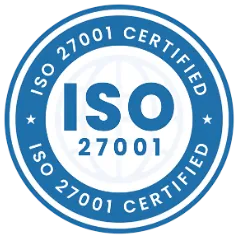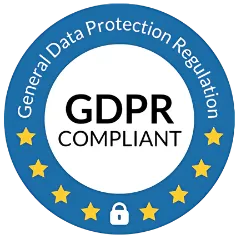With the changing environment and the sudden positive change in innovation, it has led the world to a life full of comfort which at any given point includes the management of all your assets just with a simple click. With the help of Asset Management Automated Software one can easily track, manage, verify, pull reports of their assets etc. That too on a real-time basis.
It is important to understand that if one has machines, one must think of preserving them, by which I mean taking good care of all your assets so that they will be able to perform at their best, which would ultimately help the organization increases returns.
In this blog, we will try and understand what Fixed Asset Verification is and how it benefits an organization. So, let us dive right in.
What do we mean by Fixed Assets?
Fixed Assets are the long-lived assets or property. We do not easily tend to sell them off as they are to be used for long-term. Fixed Assets are generally the ones which are used for manufacturing (the product), in a manufacturing industry. For example- The transportation used to deliver the final products in a manufacturing industry, if owned by them would be their Fixed Assets, that they bought to use for a long period of time.
The depreciation that is induced to the Assets is to be noted in the Asset Management Software which helps to keep track of all the assets and then to manage them so that the organization can benefit from it.
If one can identify all its Fixed Asset the next step that comes is to make a plan that deals with the management and tracking of all those assets. Which is possible with the help of Automated Asset Management Software like Asset Infinity.
What is Asset Verification?
Asset Verification is a process in which the Assets are being verified. There are two ways to verify the assets:
- Aided Audit
- Self-Audit
In the process of Aided Audit, you take the help of a third party which comes and verify your assets, if they are present or not. (And in what condition they are).
In the Process of Self Audit, one is provided with a confirmation form which the owner of the asset needs to fill and verify that he has the asset with him.
This process of Asset Verification also helps the organization to get rid of all the Ghost Assets that are present in the system. With the help of Excel sheets and all the rudimentary practices it was not possible. Some of you might be thinking what Ghost Assets are? Let me help you with that.
Ghost Assets: The Assets which according to the books the organization possesses but in real they are not with them. This is simply misinformation, not knowing if your Asset exists or not. This can be controlled with the help of Asset Verification as you would know if the asset was present or not.
What are the benefits of Fixed Asset Verification:
Verification of fixed assets consists of examination of related records and physical verification. The auditor should normally verify the records with reference to the documentary evidence and by evaluation of internal controls. Physical verification of fixed assets is primarily the responsibility of the management.
- Accuracy and Compliance- With the help of Physical Verification of assets we can check the accuracy of our data that helps us to compile the data and decide what is the best for the organization.
- No fraud Risk involved – As one cross check all the assets with the details of asset provided by the Asset Register; it reduced the risk of fraud.
- Financial Stability- It can help protect the company’s financial stability and provide visibility into future planning.
- Proper use of funds - It helps promote good stewardship of assets and proper use of funds.
What is the Process of Fixed Asset Verification:
Firstly, it depends on the method that your organization chooses for Fixed Asset Verification (self or aided verification). If the organization chooses Aided Verification, then an advisor visits the site where the assets are present.
Updating of Fixed Asset Register: One is to maintain the Asset Register up to the mark, add any assets if they are missing from the data. The data must be based on a real-time report so that the Assets are matched against data which is true to its nature.
Differentiate Verifiable/non-verifiable Assets: Now the next step that the advisor is going to take is to differentiate the assets based on their property of getting verified. Some assets are verifiable like Furniture and fixtures but then there are some assets which cannot be verified like goodwill.
Performing Physical Verification: He then goes on and verifies all the assets against the data resent in the Asset Register or the one which is provided to him. The advisor would also be performing a visual inspection of all the assets to find out about their present condition.
Finding the mistakes, if not: His next step is to find the discrepancies if any, that would be any lost assets or any assets which are present twice in the data or any issue like that. If there are Ghost Assets present, he is supposed to eliminate all of them and make the data error free.
Report making: He will be suggesting any required changes for repairs etc., will be noting down any further recommendations and further maintenance plans, if any.
While the Physical verification process for Fixed Assets may be time taking activity for the very first time for high asset-based companies, it may bring tremendous results in terms of controlled environment and efficient resource allocation.
Conclusion:
Physical Asset Verification is possible with the help of Asset Management Software. Asset Verification helps an organization get accurate data of all the assets that are present with the organization. Asset Verification is possible with the help of mobile applications too. The auditor should normally verify the records with reference to the documentary evidence and by evaluation of internal controls. Getting in touch with Asset Infinity will help you to verify all your Fixed Assets in a touch and unravel all the good possibilities that it can bring in!


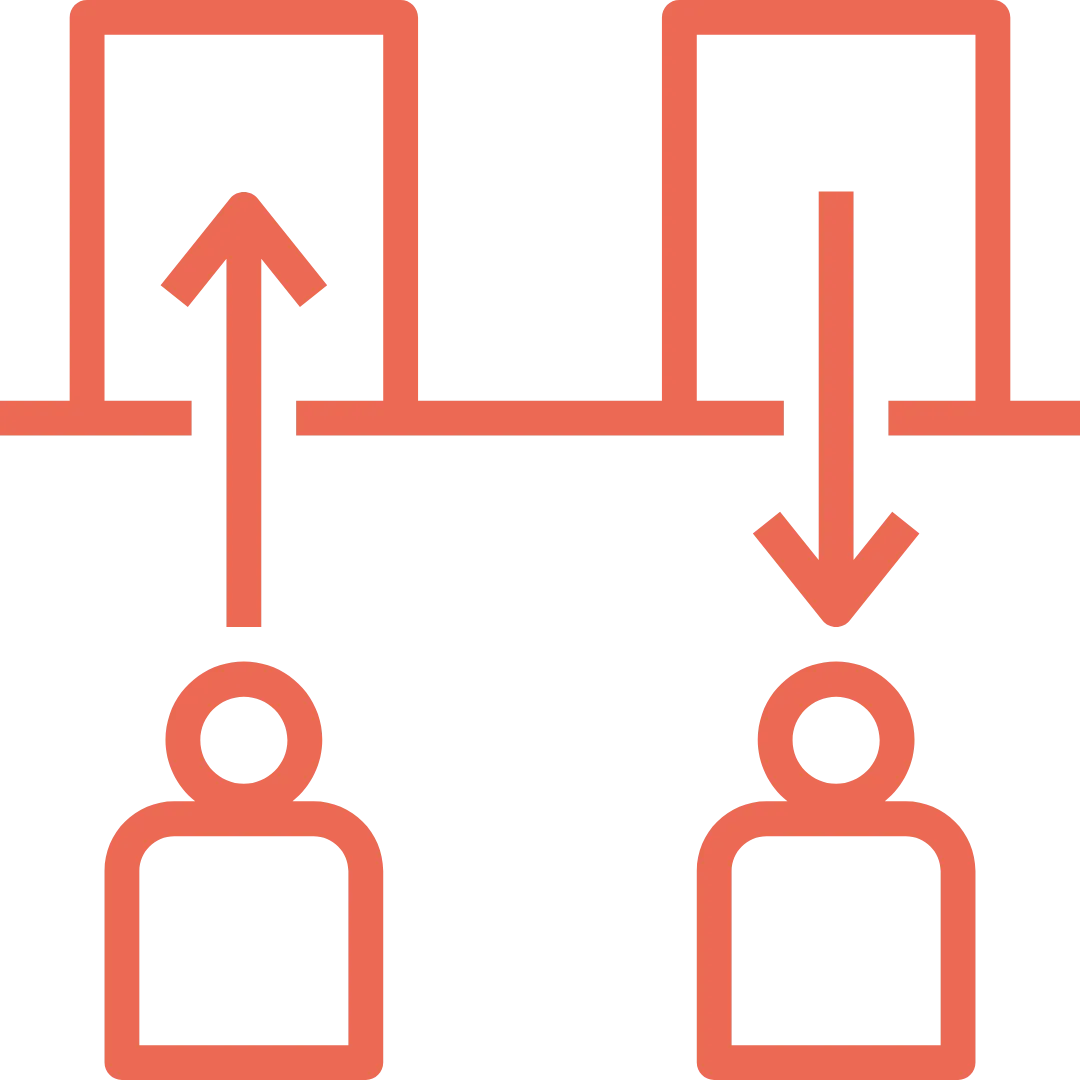








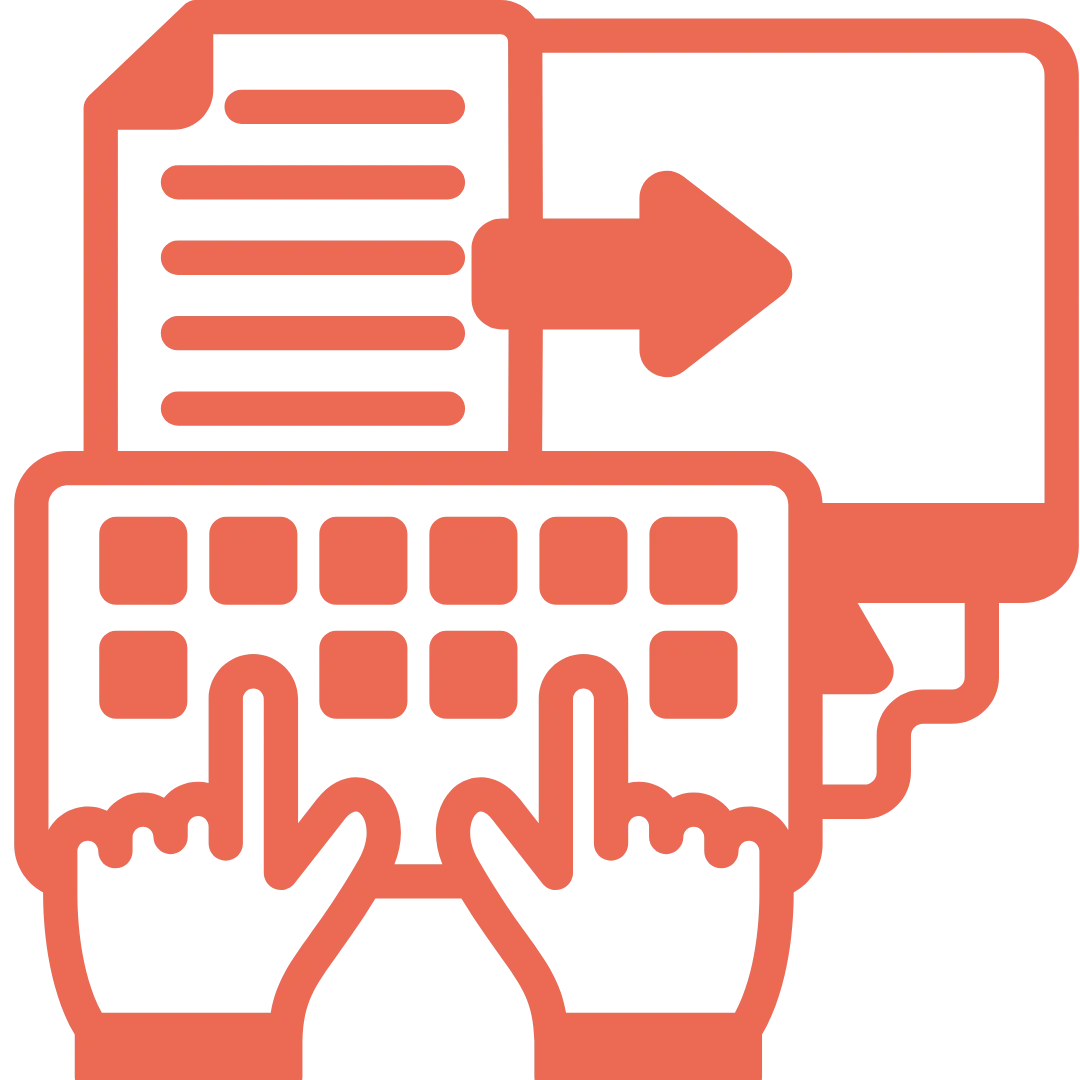
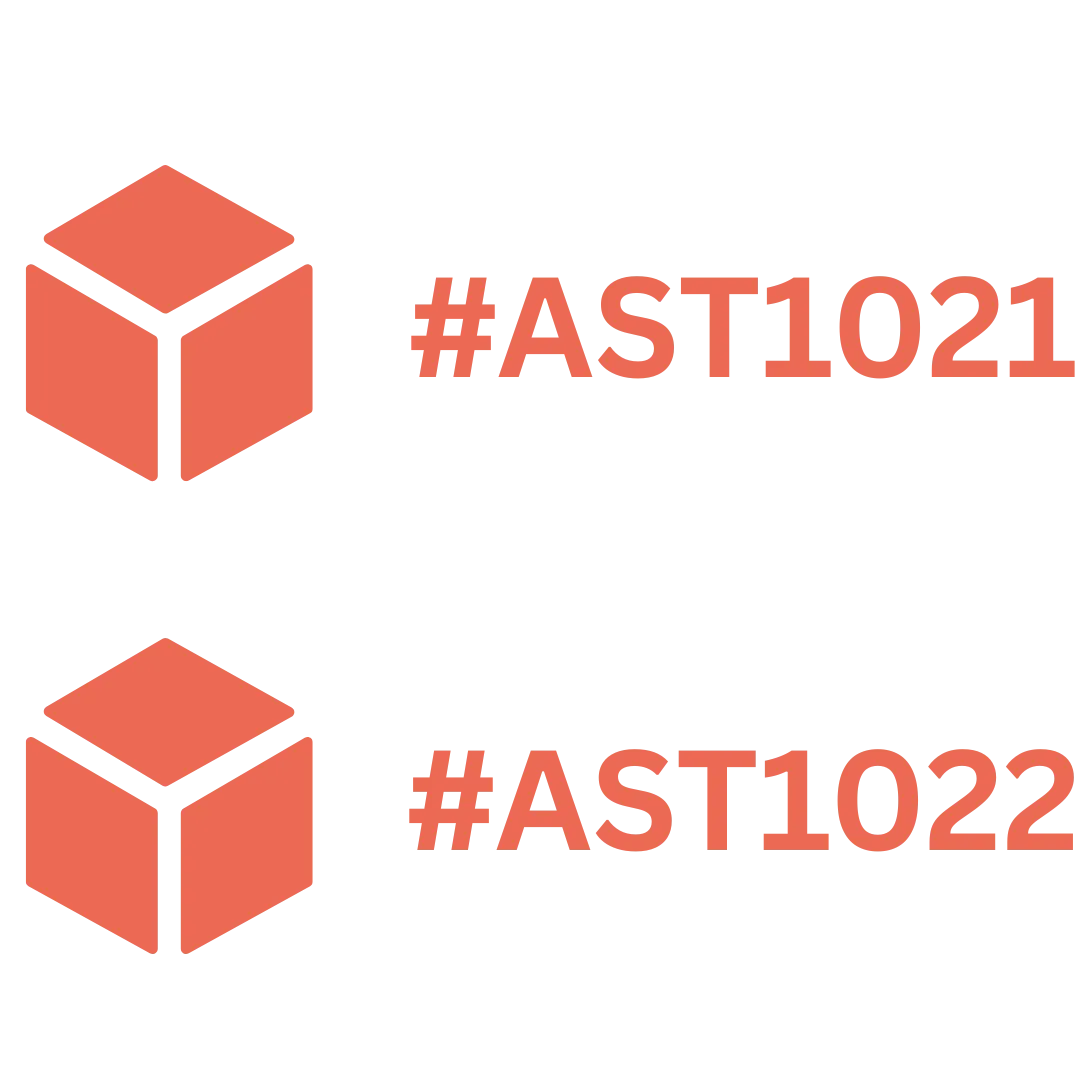



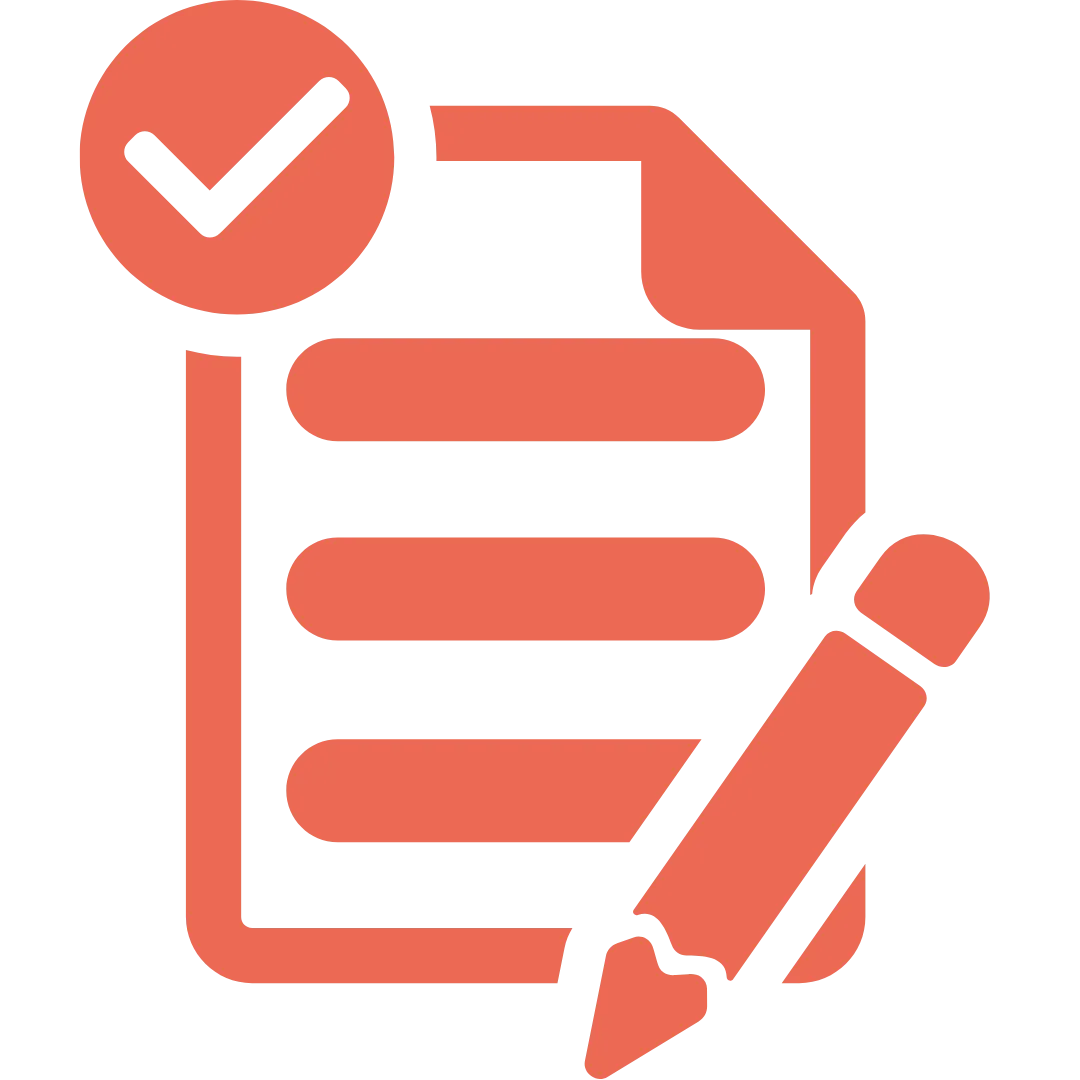

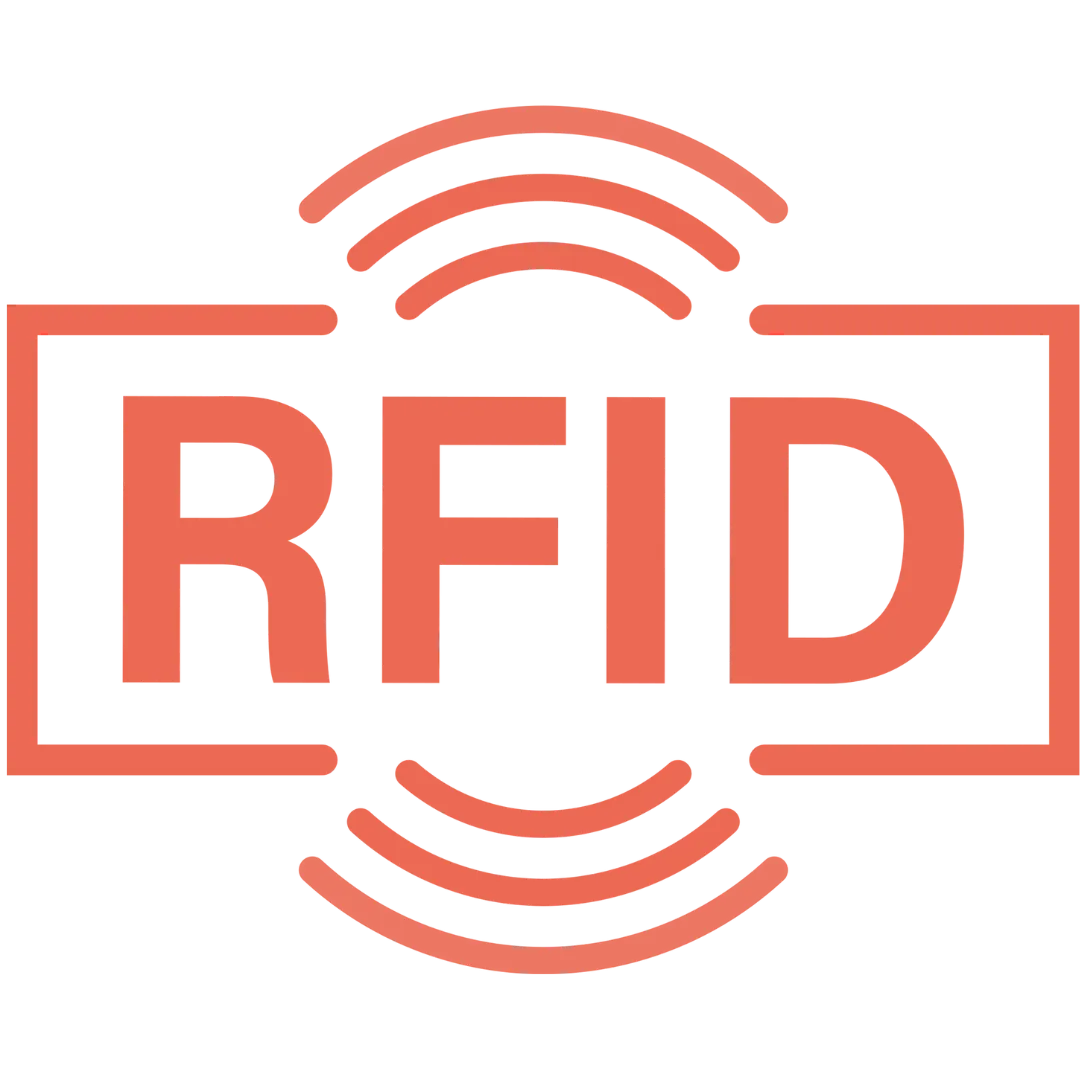

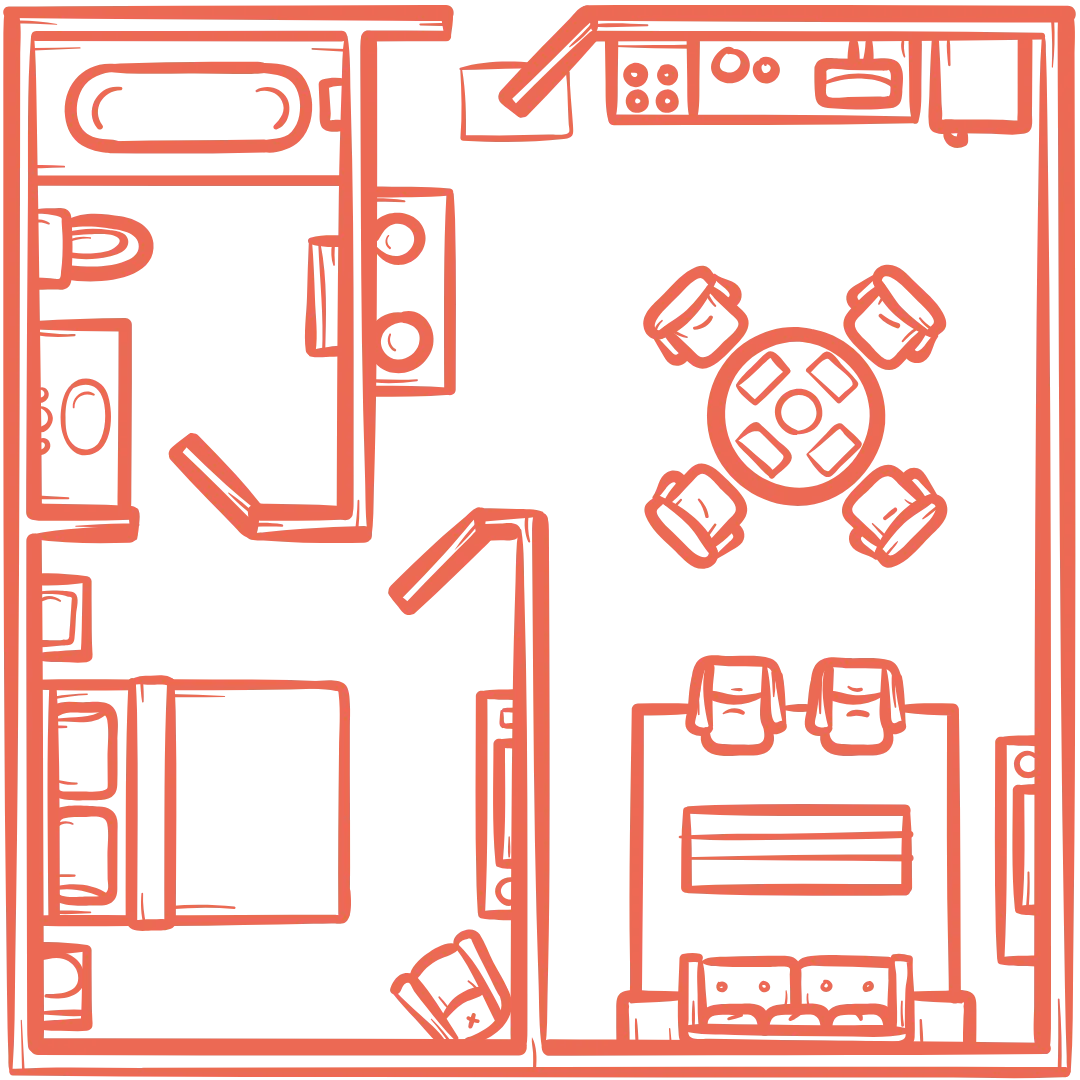




























.webp)
.webp)
.webp)
.webp)
.webp)
.webp)
.webp)
.webp)
.webp)

.svg)




.webp)
.webp)






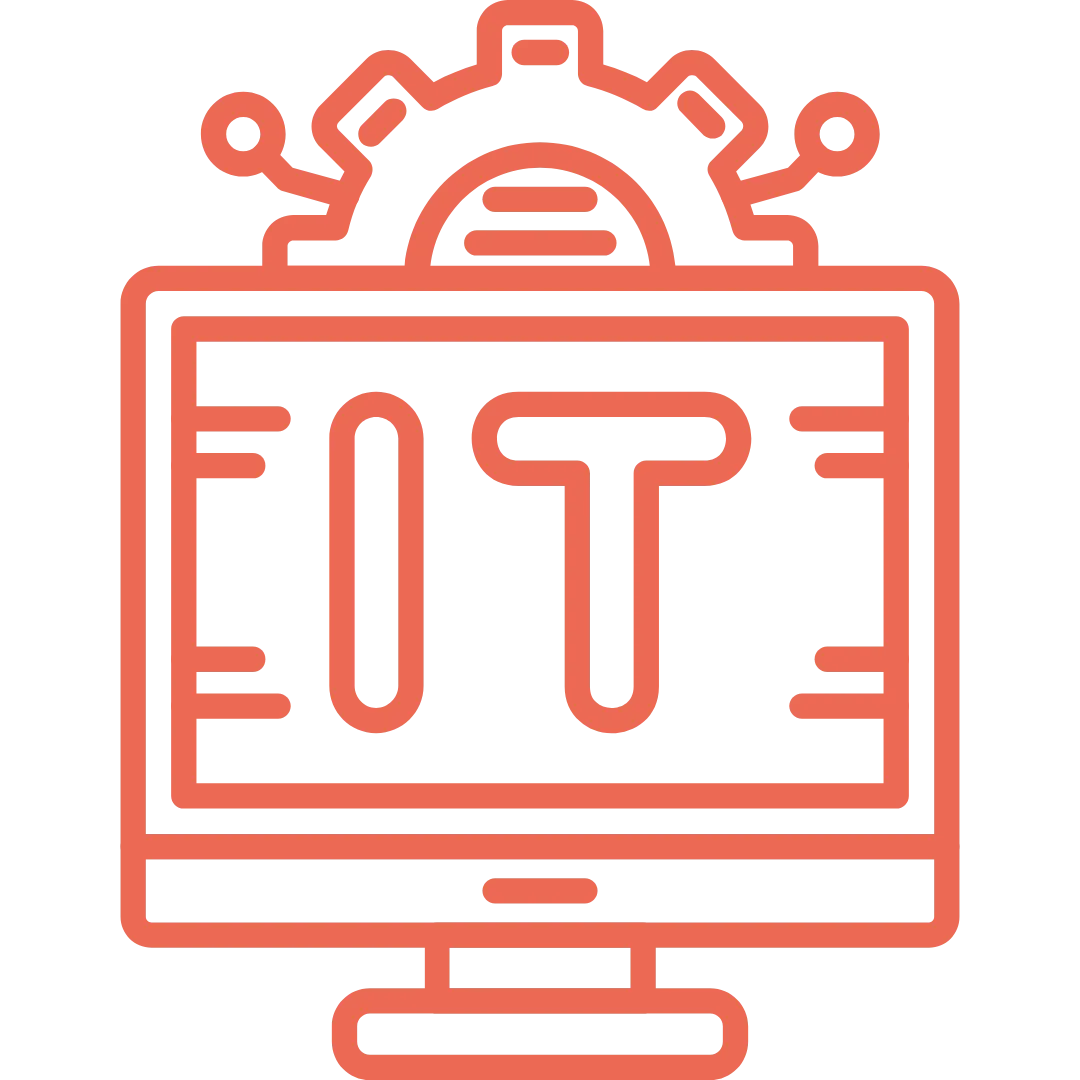







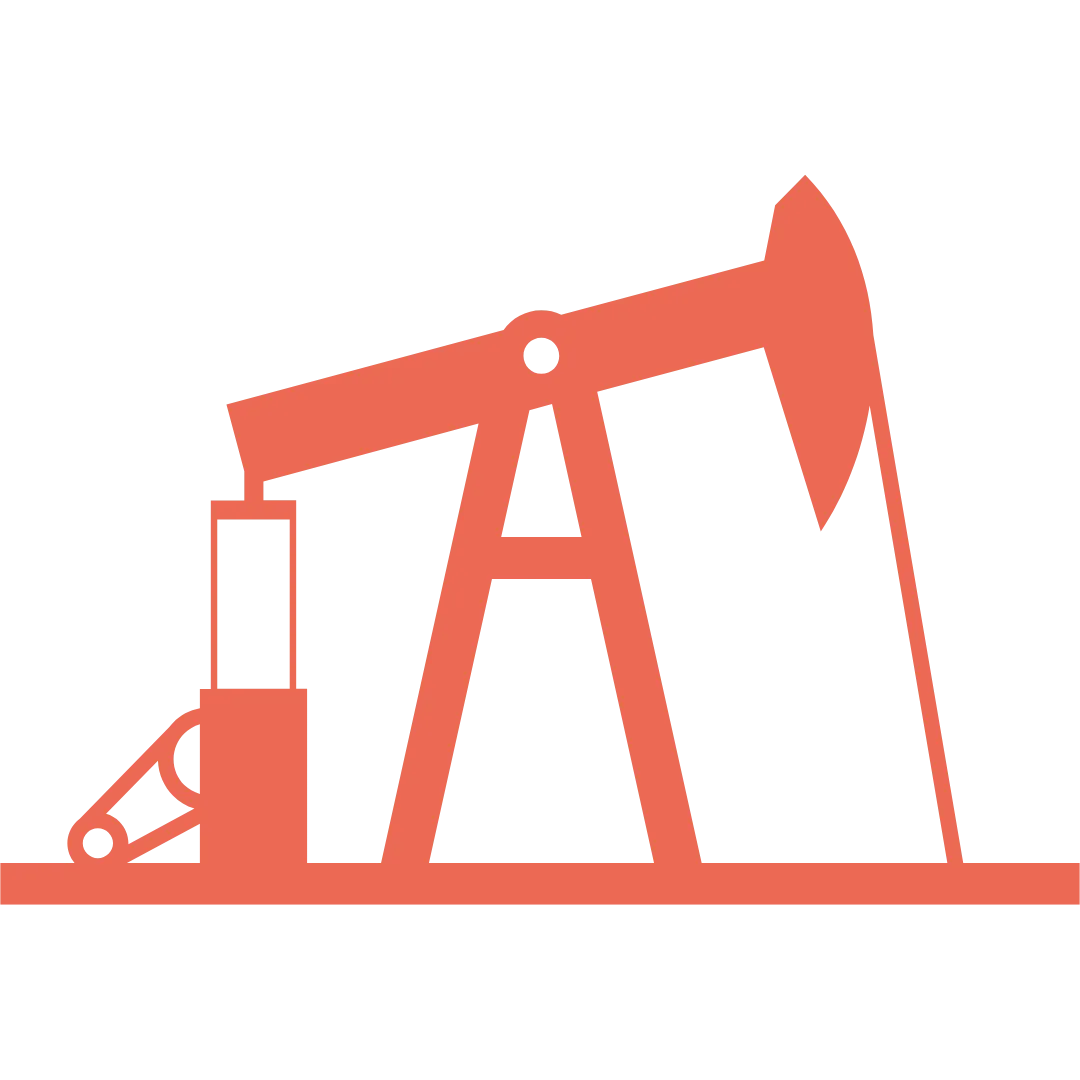





















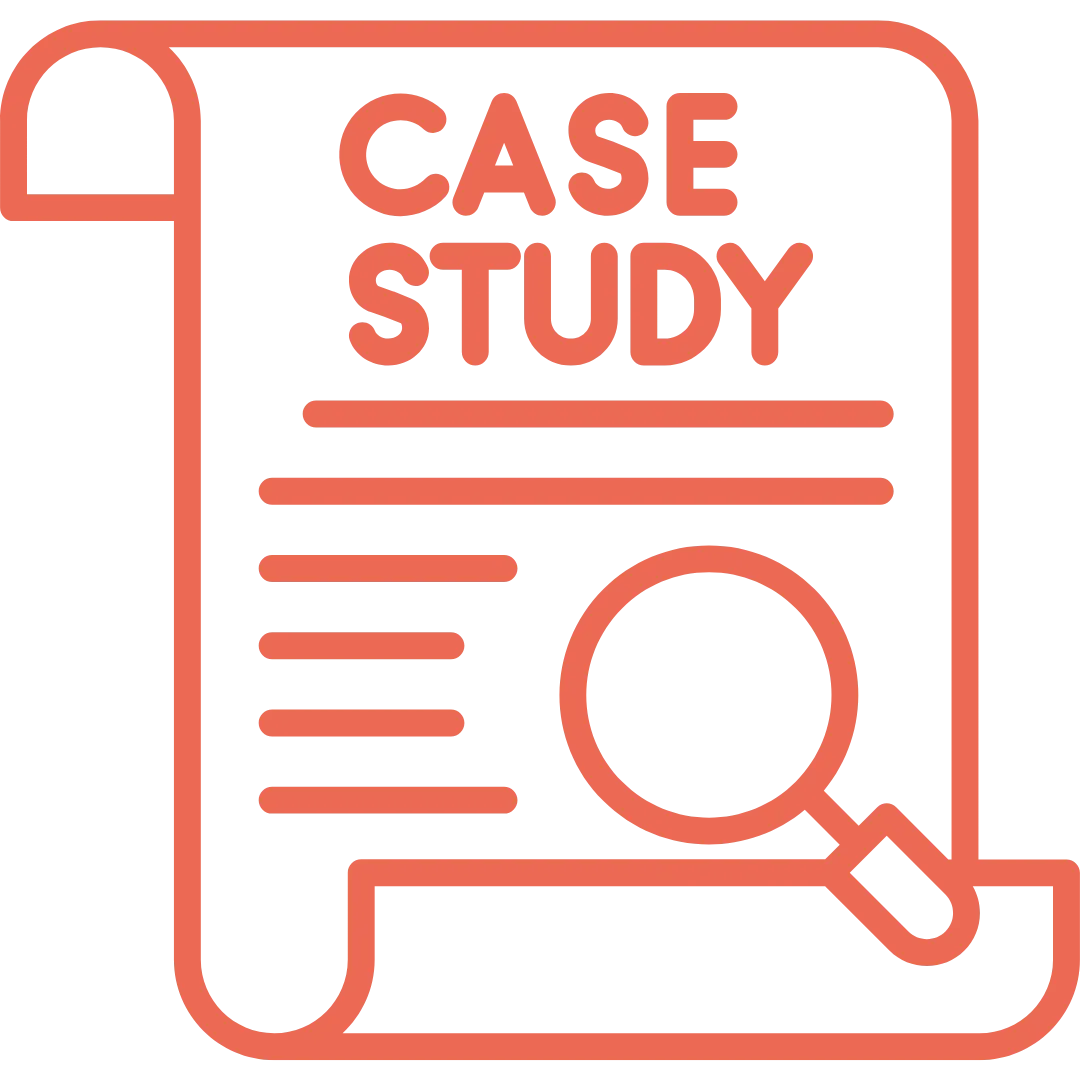






.png)
.png)



.webp)


















